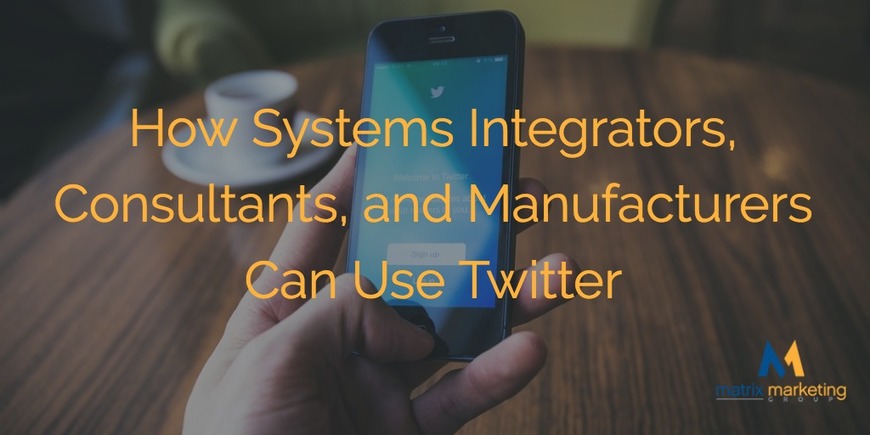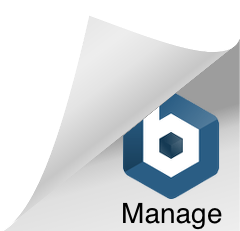
Choosing the optimal CRM system is challenging for any business, but for those with multiple offices or telecommuting employees, the challenge can be even greater.
Telecommuting presents businesses with many advantages; happier employees, lower overheads and the ability to hire the best workers possible, regardless of where they call home.
On the downside, having a lot of employees outside the office or a number of offices in different locations can make it can tough to keep everyone connected and in the loop.
This is particularly troublesome without an online CRM – you can’t afford for anyone working with out-of-date information when dealing with your most treasured assets.
Fortunately, the cloud can solve this problem for you.
What is CRM?
Customer relationship management (CRM) is precisely what it sounds like – a catch-all term for the numerous tools available to help a company to manage, keep track of and develop its relationships with existing and prospective customers.
If you only have two or three customers you can do CRM in your head, but larger businesses – or those hoping to become large – will need to turn to computerized solutions.
The capabilities of each system are diverse, but most basic CRM software will let you store customer contact details, information about purchases and other interactions (such as emails), and allow users to make notes that their colleagues can read.
More sophisticated systems could offer social media connectivity and trawling, track purchase habits, recognize patterns, create network maps, generate invoices, automate certain actions and make suggestions for future strategies – the list of features is endless, and growing every year.
It sounds complicated – and likely terrifying to a beginner – but it’s easy to learn and actively master.
Why does it matter?
Put simply, CRM provides you with powerful insights and knowledge about your customers’ behaviors, preferences, concerns, desires – even their personality, their friends and their business networks.
It can tell you at a glance what they might be most interested in hearing about, when they’ll be the market for it, and the right way to get in contact.
Think about how well a skilled bartender knows his regulars – CRM software essentially acts like his brain, helping you get to know your customers as individual people with individual personalities, rather than as simply a list of names on a computer screen.
For example, Mr. Smith may strongly prefer to be addressed as such, rather than by his first name. Some customers don’t appreciate over-familiarity (and some salespeople don’t realize that), so knowing this could be the difference between a sale and a goodbye. If it’s in your CRM system for everyone to see, no one getting in touch with Mr. Smith will make that potentially expensive mistake.
Likewise, you’ll know Ms. Jones typically prefers email contact, that Mr. White will be in the market for a red-hot deal in September, and that Dr. Pigeon is far more likely to respond favorably to a good deal on bird seed, not cat food.
CRM can save you time and substantially improve every customer relationship you have. Just getting in touch with the right customer at the right time is worth a million words of marketing spiel; no growing business in the 21st century can afford to do without it.
Keeping it in the Cloud
CRM systems come in many forms, each with their pros and cons, but for businesses with employees spread out around the country or world, a cloud-based system offers many advantages over their on-premise rivals. Here are six of them:
- Access Everywhere
If you’re big on telecommuting, a CRM system which is easily accessed from anywhere is an absolute must, and in a fast-moving world, information that is even one hour out of date can prove costly.
Cloud-based solutions are accessible wherever in the world your employees are, on almost any device they may choose to use. And they automatically update and sync in real time – keeping everyone, no matter where they are, fully up to date.
- Quick and Easy Startup
With cloud-based CRM, there is no need to go through the time-consuming and potentially difficult chore of distributing and installing software on dozens, hundreds or even thousands of different machines.
Telecommuting workers can use their own devices, and getting a single piece of software to seamlessly operate on all of them is unlikely to be easy.
Once you’re signed up to a cloud system, your workers can simply log in through a browser and they’re good to go.
- Predictable Billing with no Large Initial Outlay
When you sign up to a cloud-based CRM system, you won’t have to make the substantial upfront payment that you would when buying in software to install on your machines.
Cloud solutions typically operate on a subscription basis; there may be a small upfront cost when you first sign up to a service, but the bulk of your outlay will be in the form of a fixed, easily manageable and very predictable monthly fee that covers everything – access, storage, maintenance, support, and features.
- Reduced IT Overheads in the Long Term
Cloud-based CRM systems do not require the attention and maintenance from your IT people that an on-premise solution would; nor do they require you to deal with backing up and storing your data.
- No Unexpected Upgrade Surprises
Making periodic upgrades to on-premise software can result in unexpected compatibility issues with other systems – make one update and you could end up needing to make three or four.
A cloud solution lives away from your machines, removing this possibility from the equation.
- First-Rate Reliability
Whether you’re a business or an individual, system crashes and hardware failures are an inevitable part of life. We can’t stop them happening, but the impact can be lessened (or eliminated entirely) by backing up data and building in redundancies.
Cloud CRM systems keep your data safe because everything in the cloud is backed up; if one server goes down, another will instantly take its place.
Sure, you could build such a system yourself, but it’ll be expensive to put together and maintain – and it’s unlikely you can do it as well as a dedicated cloud host can.
At Insightly, we offer a CRM used by small and mid-sized businesses from a variety of verticals. Learn about all of Insightly’s features and plans on our pricing page or sign up for a free trial.




























